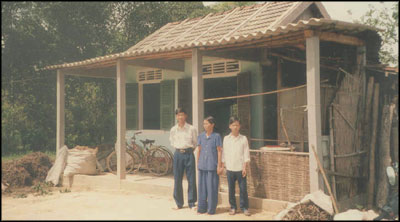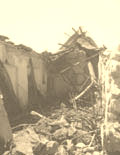
Reducing Risk
Vulnerability reduction and damage prevention in the advent of natural disasters
Increased population density, climate change, and changes in building practices are some of the reasons why risk of disaster and vulnerability are increasing around the world. And whilst the world mobilises respond in the aftermath of disasters, much of the damage that occurs in disasters comes from lack of action to reduce vulnerability before the disaster happens. Actions to support prevention and vulnerability reduction need to be increased, and particularly in poor communities where vulnerability is greatest.
In practice, precautions to safeguard the environment and property are too often insufficient. We collectively neglect that preventive action to reduce the risk of damage can be achieved at a fraction of the cost of rebuilding or repairing. Post disaster rehabilitation may provide the environment to address greater safety before the arrival of the next disaster, but this is not enough.
DWF works with communities and local organisations to strengthen their capacity to prevent damage and loss and to help in rehabilitation that reduces further risk.
The Three Aims
DWF works at three levels in the context of natural and man made disasters:
- risk reduction and damage prevention through awareness raising, collaboration with local communities, good planning and the application of sound techniques to resist future disasters.
- rehabilitation of existing shelter and infrastructure whether damaged by war or natural causes, to make it safer, through training, practical demonstration and access to targeted credit.
- reconstruction support through guidance and technical support
to reduce the risk of further damage
Projects include :
- Cyclone and flood damage prevention programmes in Viet Nam
- Training for post earthquake reconstruction and risk reduction in Iran, Guinea, Afghanistan and Pakistan
- Lessons from the Grameen Bank housing loans programme, Bangladesh (see Article )
- Post war rehabilitation support in Angola and Kosovo, with training and support to local NGO and CBO and families
